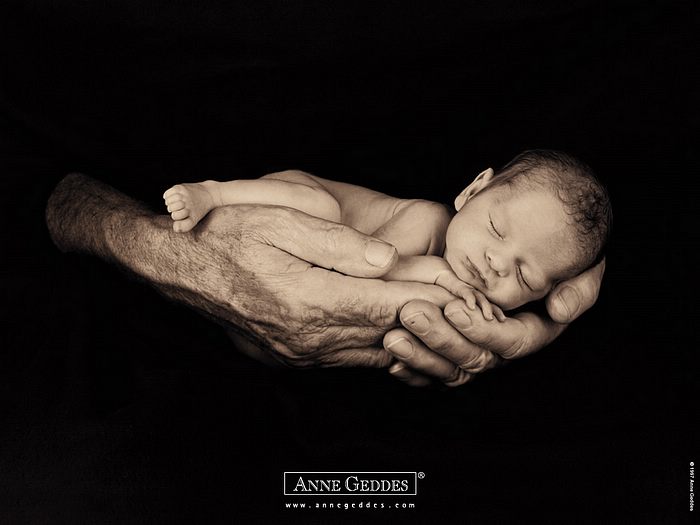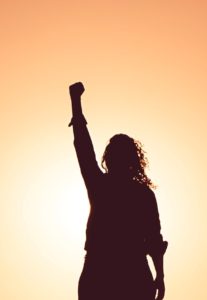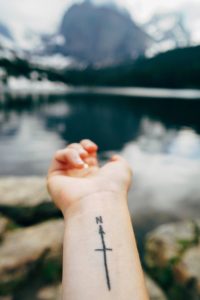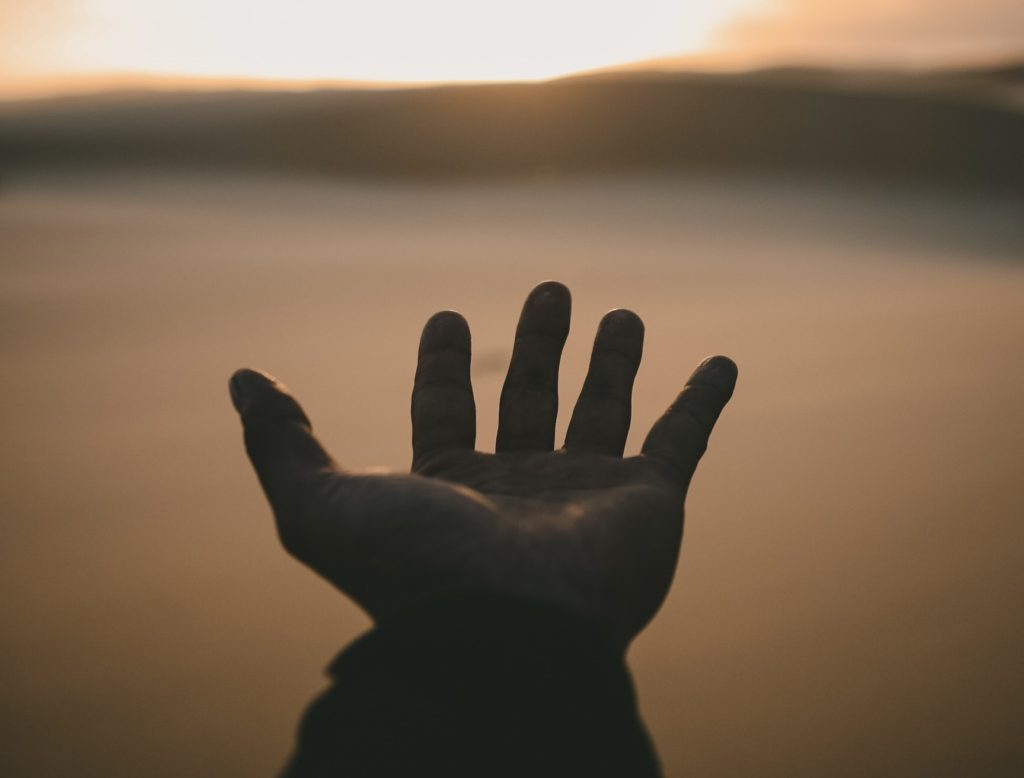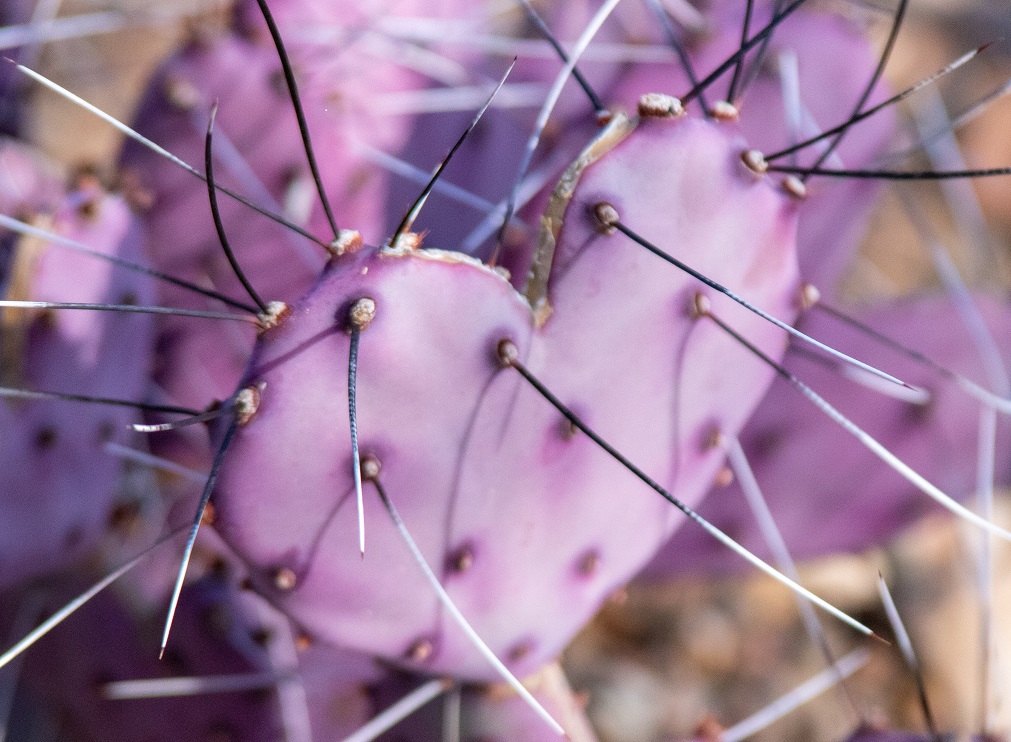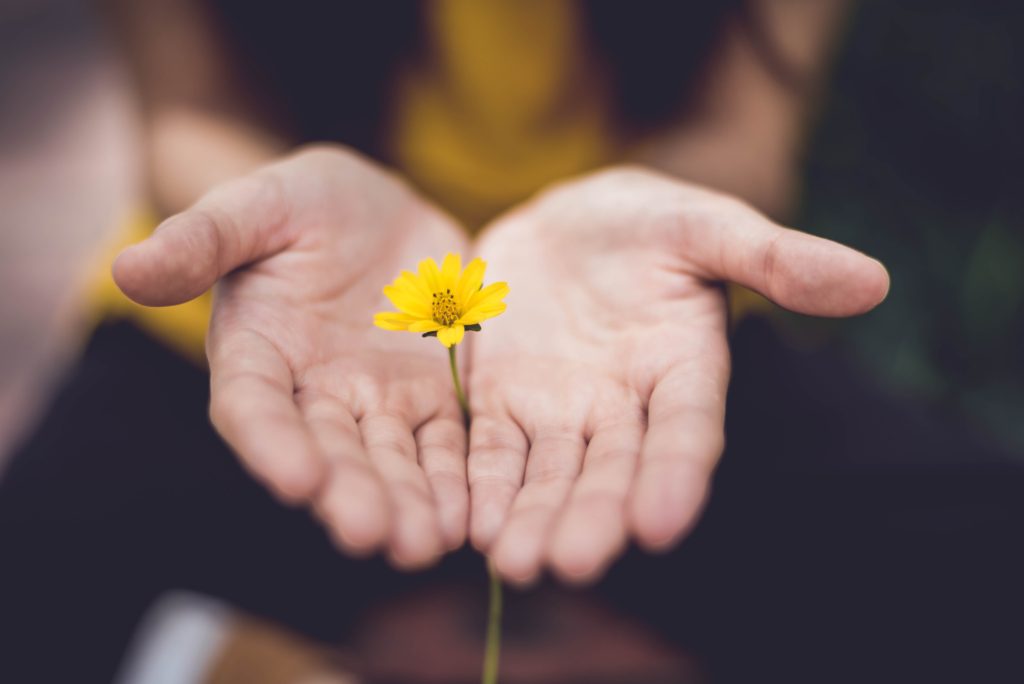
Foundation #2: Awareness. Bodyfulness + mindfulness = awareness. Awareness is attention. Attend to your life. Tend your soul.
Dwell as near as possible to the channel in which your life flows. ~Henry David Thoreau
(Three foundations – embodiment, awareness, and ownership – are fundamental. The four healing shifts – more soul, more acceptance, more intention, and more creation – are powerful. But the shifts without the foundations are like building a house on the sand. I’m diving deeper into these seven facets of healing throughout November and December. You can subscribe here if this was forwarded to you.)
Separating bodyfulness* from mindfulness is helpful, but it’s not truly accurate. We’re intertwined, of course – combined bodies and minds. It’s helpful to separate them, though, when we’re learning to notice our patterns and processes, and to tend ourselves.
Your body, your Earthling body, is your ground of being. We’re feeling creatures who think, says Dr. Jill Taylor Bolte in her new book, Whole Brain Living. Our minds work better when they’re in service to our bodies.
Now that you’re feeling your body a little more, let’s invite your powerful mind to the dance.
A Silly Story
Years ago, when I was a newby middle school English teacher, I was assigned to coach the school’s Brain Bowl team. I knew absolutely nothing about coaching Brain Bowl. Luckily for me, the Brain Bowl season didn’t start until March, so I could put off dealing with it for months while I learned to teach English. But I could feel my body tense every time my brain remembered Brain Bowl.
I began to picture Brain Bowl as a rattlesnake sleeping under my bed. You really don’t want rattlesnakes under your bed, right? If you’re not going to move out, you simply have to deal with them. Finally I did, by taking the obvious step of asking for help from the relieved senior teacher who’d shunted his unwanted duty onto me. The rattlesnakes under the bed began to slither on out.
That image has endured. I can still feel the frisson of fear running through my body when I imagine rattlesnakes sleeping under my bed. It’s my body’s way of telling me that something important I’d rather not think about needs my attention, and it’s time to deal with it.
Bodyfulness brings my attention to what needs healing. My mind works to understand and heal the sources of suffering.
Trauma
“The body keeps the score,” says trauma expert Dr. Bessel Van der Kolk. When you bring your attention to your body, when you choose to be mindful of your body, uncomfortable feelings will almost certainly arise. Our bodies are repositories of trauma. Humans sequester scary stuff in our bodies until we can deal with it, so you probably have unprocessed fear stored in your body. As you bring mindful, compassionate attention to your body, these emotions and stuck places will show up.
The good news is that bit by bit you can surface and resolve the trauma. First things first: If what shows up is overwhelming, back off for now and find a trauma-informed therapist to walk beside you. If stored trauma is making itself felt, it’s wanting to be healed. You can do this, and it’s easier and safer with company.
Adventures in Physical Therapy
As most of you know, I had surgery on my right hand a couple of months ago. I was sitting doing my seemingly interminable physical therapy Saturday morning while my husband read aloud Richard Rohr’s weekly email. In this email, Fr. Richard references Buddhist psychologist Tara Brach’s “applied meditation” RAIN, about which I have written before. R stands for “recognize,” A for “allow,” I for “investigate,” and N for “nurture.” It’s a powerful practice, and I’ve used it often.
As he was reading about RAIN and I was doing my PT, I recognized that I’ve been treating my hand, which is still quite stiff and swollen, as an enemy. I recognized that I’d been feeling ashamed of my hand’s wounded state. I detested the scars, stiffness, and swelling. That’s a strong word, and it’s also accurate.
(Feeling ashamed of illness, brokenness, and helplessness goes back to my childhood, but it doesn’t matter where it comes from. It’s not necessary to understand the genesis of a thought that causes suffering to begin to unravel its hold.)
My poor hand, to be treated so meanly. I was going through the motions of caring for it – massage, exercise, desensitization – while inwardly resenting the hell out of it.
RAIN helped me see that pattern. That old, deep, fossilized pattern became visible because I recognized the feeling of loathing in my body. Now I can heal the pattern, one PT session at a time.
This week I’ve been practicing breathe prayers while I do my physical therapy. I’ve been breathing in healing and breathing out stiffness. I’ve been breathing in healing and breathing out swelling. I’ve been doing my exercises to the beat of my heart. I’ve been loving on my hand and treating it with compassion. This feels better.
Pain, and Joy
So far I’ve been talking about the hard stuff that awareness helps us surface and deal with. But consciously practicing bodyfulness and mindfulness leads us not only to our pain, but also to our joy. The sources of our joy will likely be just as irrational as the sources of our pain, when we pay attention to our body’s joy. A warm shower. A walk in the woods. Playing around with words or paint. Purple twinkle lights around the bathroom mirror. Puppy videos on YouTube. Whatever.
A simple practice
Stop what you’re doing. Do a quick body scan from feet to head. What do you notice What sensations do you notice in your body? What emotions do you feel? Are you aware of any thoughts? Take a moment to note what you sensations, emotions, and thoughts on paper or in a notes app. Do this several times each day. Set an alarm on your phone if that would help.
Listen to what your body is telling you, then bring mindfulness to those messages. That’s all awareness is. Start small. Just notice. That’s all. You don’t need to be fancy and formal. Just keep track, somehow, of what you notice. Are there consistent body sensations? Consistent thoughts? Consistent patterns? Just notice.
Bring compassionate awareness to your daily embodied life. Little by little.
If you’d like to talk about any of this, simply “reply” to this email. I’d love to know what you think.
*I owe the wonderful word “bodyfulness” to Christine Valters Paintner, the abbess of Abbey of the Arts, a virtual contemplative and creative community. See especially The Wisdom of the Body.
Resources
Dr. Tara Brach on Fear and Trauma
Dr. Tara Brach and RAIN
Whole Brain Living, by Dr. Jill Bolte Taylor
The Body Keeps the Score, by Dr. Bessel Van der Kolk
The Wisdom of the Body, by Dr. Christine Valters Paintner
Photo credit: Lina Trochez on Unsplash

